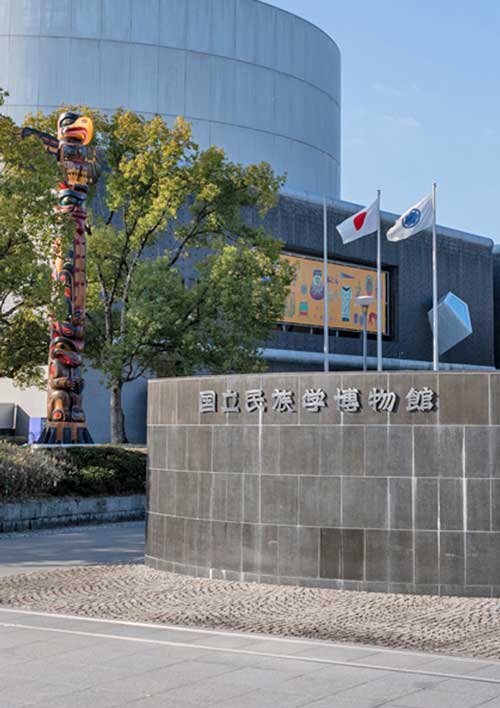特別研究オンライン研究会 Performing Arts and Conviviality

| 日時 | 2021年9月20日(月)21:00 – 23:00 |
|---|---|
| 場所 | オンライン開催 |
| 使用言語 | 英語 |
| 対象者 | 一般公開(参加無料/要事前申込/定員50名) |
| 参加申込 |
登録フォーム (9月19日締切) |
| 問い合わせ | E-mail:fken●minpaku.ac.jp ※●を@に置き換えてご送信ください。 |
Program
| Music for change: The case study of Khlong Toey Slum in Bangkok, Thailand | Iwasawa Takako, Hokkaido University of Education |
| ‘Music of Sound’: Community Music-Making, Awareness of Place and Conviviality in Penang, Malaysia | Tan Sooi Beng, Universiti Sains Malaysia |
| Chair: Takemura Yoshiaki (National Museum of Ethnology) | |
Abstracts
Music for Change: The Case Study of Khlong Toey Slum in Bangkok, Thailand
Iwasawa Takako
Khlong Toey is the largest and oldest slum in Thailand which was formed mainly by the poorer rural migrants seeking the work opportunities of the district’s river port since 1960’s. The residents–100,00 people!– are still kept facing with vicious cycle of poverty to induce not only low infrastructure and insanitary living environment, but also other serious problems, such as, drug, alcohol abuse and crimes. Many non-profit organizations have been actively working for resolving those issues.
Music Sharing is one of such organizations and it started a grass-roots movement of teaching music to the underprivileged children of the Khlong Toey slum community. Supported by one of the global non-profit organizations, named “Playing for Change Foundation” in 2013, it could have provided the stable program in free and private school. Besides after it took part in the domestic community art network for youth, “Djung Space Network” in 2014, the youth members of this group could get more chances to go and play their own performances outside of community. This is not only providing music program to such vulnerable children but rather giving a long-term impact on them through encouraging to build self-esteem and hope for their future.
How could such a music communication contribute to the change of life? Through this paper, the author would explore how this youth group in slum could act upon both improving self-esteem and building better human relationship among their own communities in the context of contemporary Thai community art movement.
‘Music of Sound’: Community Music-Making, Awareness of Place and Conviviality in Penang, Malaysia
Tan Sooi Beng
Community music-making is a form of musical intervention that can bring about social transformation and conviviality in societies. This type of musical intervention involves the development of pedagogic approaches that emphasize participation, inclusion, and negotiation through dialogue at workshops run by facilitators (Bartleet and Higgins 2018). This paper explores the strategies used in an approach known as ‘Music of Sound’ (developed by the author) that encourages young people of different ethnic and social backgrounds in the multiethnic and multireligious state of Penang, to collectively create their own music and songs about their cultural histories and environments. The methodology includes improvising music with objects and sounds found in the space where the project is held, one’s voice, body percussion, and traditional instruments. Significantly, the methodology emphasizes community involvement as well as site-specific research and performances. The participants conduct oral interviews and cultural mapping with the diverse communities in the selected locations, use the materials collected for composition, and perform their works for the community at the site itself. Referring to a few previous projects, this paper shows that fieldwork – the search for folk songs and chants, stories of ordinary people, and memories of moments in history – can create a sense of place and bring disconnected participants of different races together. Through ensemble work and the creation of the music of others, the participants learn to cross ethno-religious barriers, appreciate their differences and so build interethnic peace. The young people also become aware of and empathize with the communities regarding other issues affecting the latter such as the displacement of traditional trades and crafts from the heritage enclave due to gentrification. Bottom-up learning and the belief that everyone can make music are at the root of this approach.
